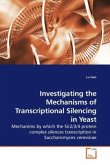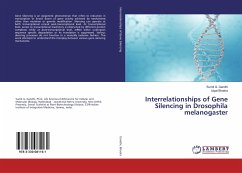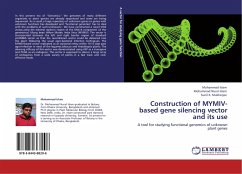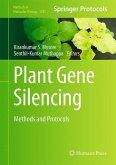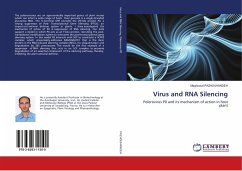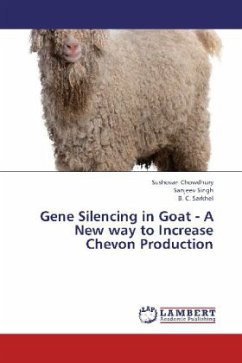piRNA pathway represses transposon transcripts, regulates telomere extension, and maintains genome integrity during the gamatogenesis. The transposons transcripts are catalytically cleaved through an elegant Ping-Pong cycle, and piRNA mediated heterochromatin formation and the transcriptional silencing of transposons are also known to occur. In the cuff mutants, elevated DNA damage, upregulated transposons, and the disintegrated nurse cell nuages are observed. Cuff-GFP shows germline specific nuclear foci that closely overlap with heterochromatin markers and interact with HP1 directly. Cuff interacts with the helicase SpnE, which mediates piRNA biogenesis. The loss of Cuff-GFP foci in the vasa mutant suggests that Cuff may function in the Ping-Pong cleavage dependent transcriptional (TGS) and/or post-transcriptional silencing (PTGS) of transposons. IP-MS identifies Cuff interactors to be in the transcription, DNA damage signaling, RNA processing, and the heterochromatin categories. My model suggests that 1) Cuff and SpnE are involved in piRNA biogenesis, 2) Cuff bound with piRNAs and/or transposon transcript fragments can induce TGS and PTGS.
Bitte wählen Sie Ihr Anliegen aus.
Rechnungen
Retourenschein anfordern
Bestellstatus
Storno


